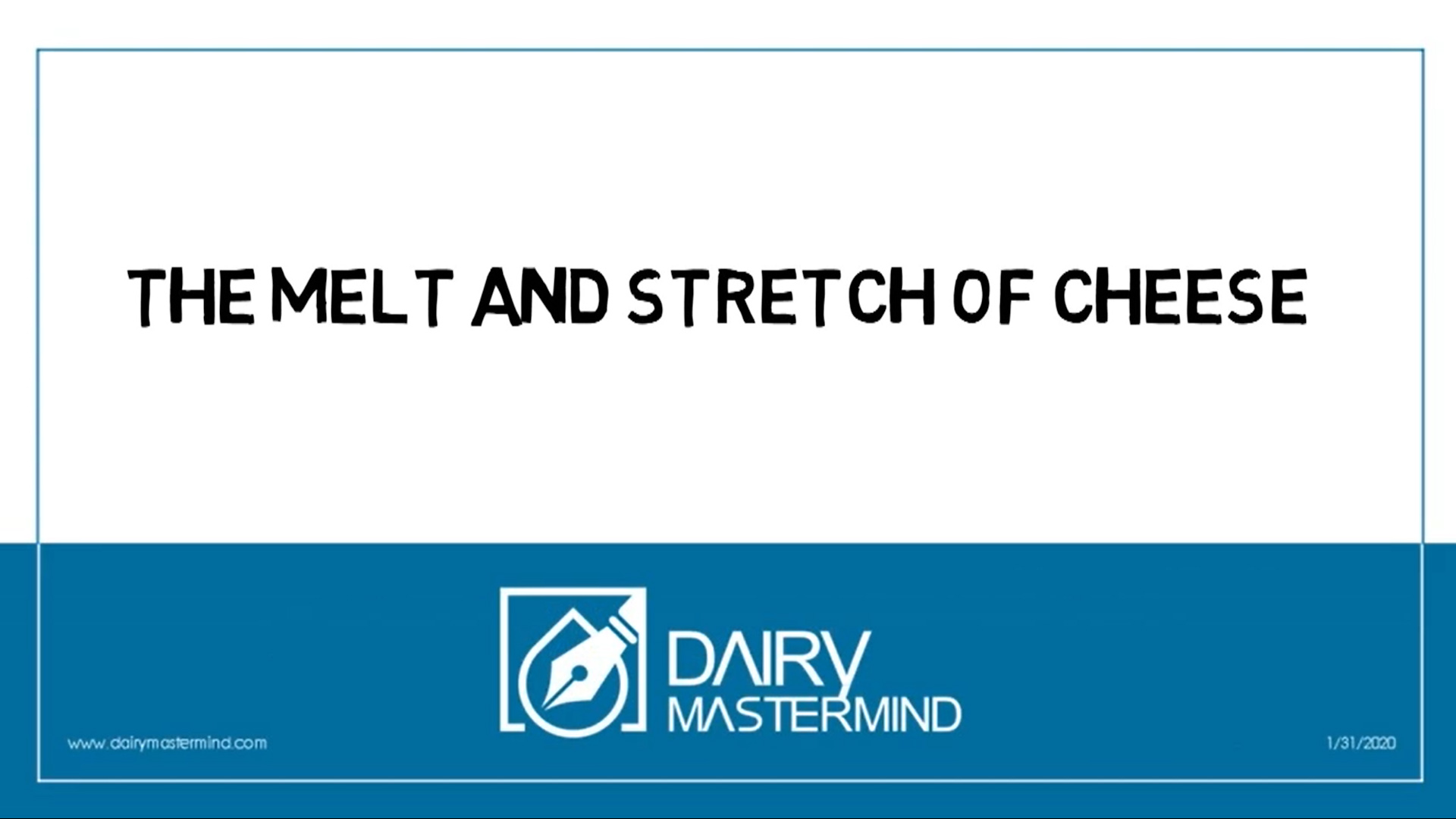Freezing and Chilling
Freezing and Chilling
Food prezervation at low temperature comprises two distinct processes: Chilling and Freezing. Freezing refers to the exposure of food products to temperatures below their freezing point. In the process of freezing, ice crystals form around the food items. The process of freezing preserves food for a long period of time, with very little nutritional loss and also little change in flavor or structure. The stronger preserving action of freezing is due not only to the lower temperature but also to the depression of water activity as a result of conversion of part of the water to ice. It prevents the growth of microorganisms that cause both food spoilage and foodborne illness. There are different freezing systems based on Blast freezing (it is air, which is cooled and blasted or circulated over the product), Cryogenic Freezing (Liquid Nitrogen is used as a refrigerant and sprayed directly over the product), Contact Freezing (used for freezig products in bulk and in blocks. The product is filled in trays or pans with water that acts as a freezing media, Ammonia and Carbon dioxide gases are generally used as refrigerants in this system). Chilling refers to exposing food products to low temperatures, usually to the range of 4.4 ‘C. Ice crystals are not formed in this process. Chilling of food items also helps in the short time preservation of foods. Lowering the temperature of a food product helps to decrease the growth of microorganisms. Therefore, the risk of bacterial growth can be reduced by chilling a food product and the biochemical reactions on the product are controlled.
👇👇👇👇
**** For more information please see our Web page/The latest Educational Articles





Leave a Reply
Want to join the discussion?Feel free to contribute!